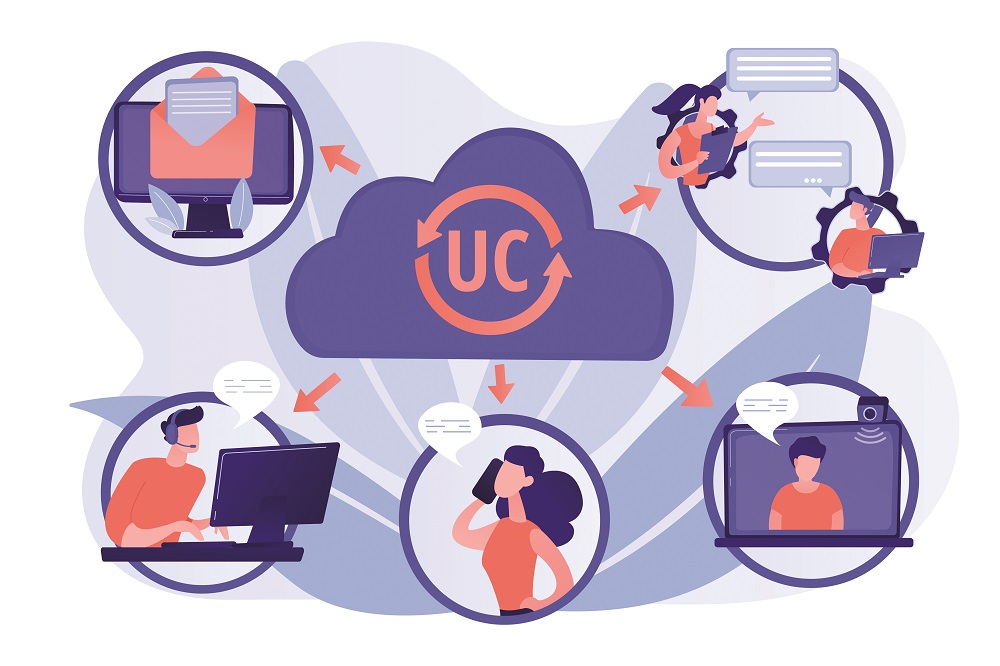Reflecting on the quiet months of the COVID-19 pandemic, studies have since found that employees worldwide realized that working from home had massively improved their personal productivity with more time for uninterrupted concentration and reduced commute time. The core of productivity and engagement can be boiled down to “flow” — a word first used in this context by Mihaly Csikszentmihalyi in his book, Flow: The Psychology of Optimal Experience (1990), to describe the optimal state of intrinsic motivation and complete immersion in an activity.
Team leaders, however, were faced with challenges anew to encourage group collaboration remotely. Suddenly, the traditional indicators of strong teamwork and effective idea sharing were absent, and senior leadership was forced to turn to new and creative ways to stay engaged and productive, all while acclimating to new and somewhat unfamiliar technology solutions.
And they were largely successful. But now, as hybrid work takes hold, a new question arises: with remote work optimizing flow and performance for many, how can we continue to engage and improve team collaboration and workflow with some employees in the office and some remote?
Facilitating Team Flow
In the years after the psychological state of flow was introduced, researchers investigated if and how the concept was transferable to groups of people. Ultimately, it was found to be not only possible, but extremely productive. For a team to be capable of experiencing flow, it must have a clear purpose, clear (proximal) goals, proper challenge/skill ratio and most importantly — means for simple and clear communication. Then, it must channel skills and resources into creating things and ideas that individual team members could not achieve independently.
Jef J. J. van den Hout and Orin C. Davis, in their book, Team Flow: The Psychology of Optimal Collaboration, also note that when work environments are organized to encourage groups to experience flow as they tackle shared challenges, employees are more likely to find increased enjoyment and job satisfaction, greater personal development and higher levels of shared performance.
The ability to create the feeling of extreme absorption, engagement, fulfillment and skill activation for an entire team is contingent on the tools that can be used to create that engagement in a hybrid workforce. Based on this concept, it’s essential that organizations invest in the resources that can best support teams in creating flow experiences during this new reality.
Key to Achieving Flow
To meet the combined requirements of keeping hybrid employees satisfied and achieving team flow in the office, forward-thinking workplace must make sustained collaboration and communication feel easy and seamless. Although hybrid work is here to stay, the office must remain the headquarters of collaborative work, where the physical space and technology can act as the host and facilitator without devaluing not being there in person.
With the right solutions, technology has the power to strengthen team ambition and connectivity to enable effective communication, removing the barriers from new hybrid-work routines and incentivizing workers to return to the office.
A modern workplace should seamlessly integrate technology for both in-office and remote colleagues, democratizing collaboration spaces for all. No one should be denied access because of their choice of working location, computer platform, conferencing service or any other differentiator. Instead, the workplace should inspire people to come to the office regularly because it’s the hub of team connectivity, and because the technology empowers them to reach flow and create something better, together.
State-of-the-art conferencing technology should streamline progress and creativity for collaboration spaces, not hinder it. With the correct resources, teams can eliminate distractions, focus attention, and empower people to interact and express themselves seamlessly to tap into increased employee productivity and engagement to the benefit of workers and businesses alike. In doing so, leaders and entire teams can not only go with the flow, they can actively create it.
 Jonas Gyalokay leads strategic alliances and sits on the board of Airtame which he co-founded in 2013. Throughout his tenure, Jonas has played an instrumental role in bringing the company into its current role as a leading hybrid-conferencing, wireless screensharing and digital-signage platform for businesses and schools.
Jonas Gyalokay leads strategic alliances and sits on the board of Airtame which he co-founded in 2013. Throughout his tenure, Jonas has played an instrumental role in bringing the company into its current role as a leading hybrid-conferencing, wireless screensharing and digital-signage platform for businesses and schools.




